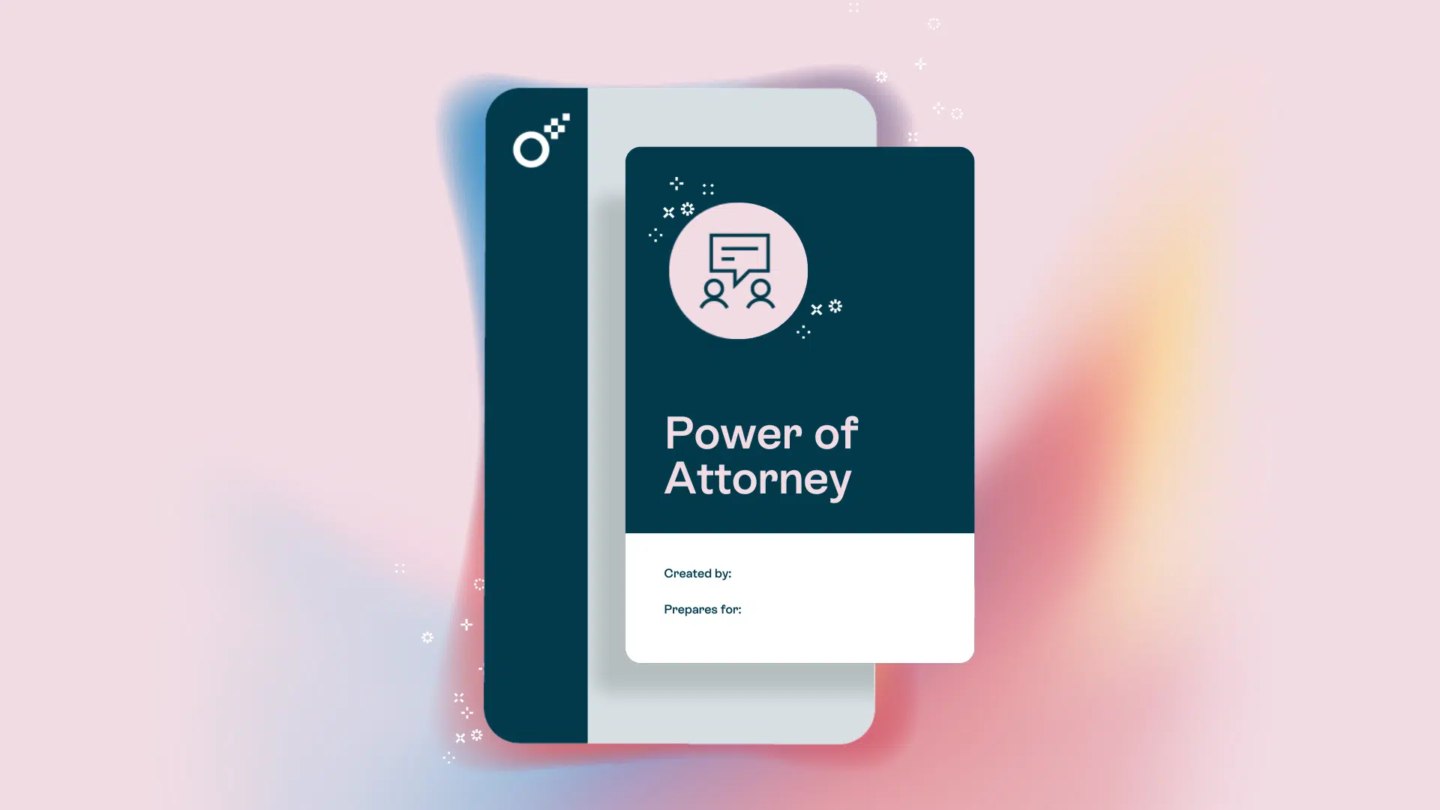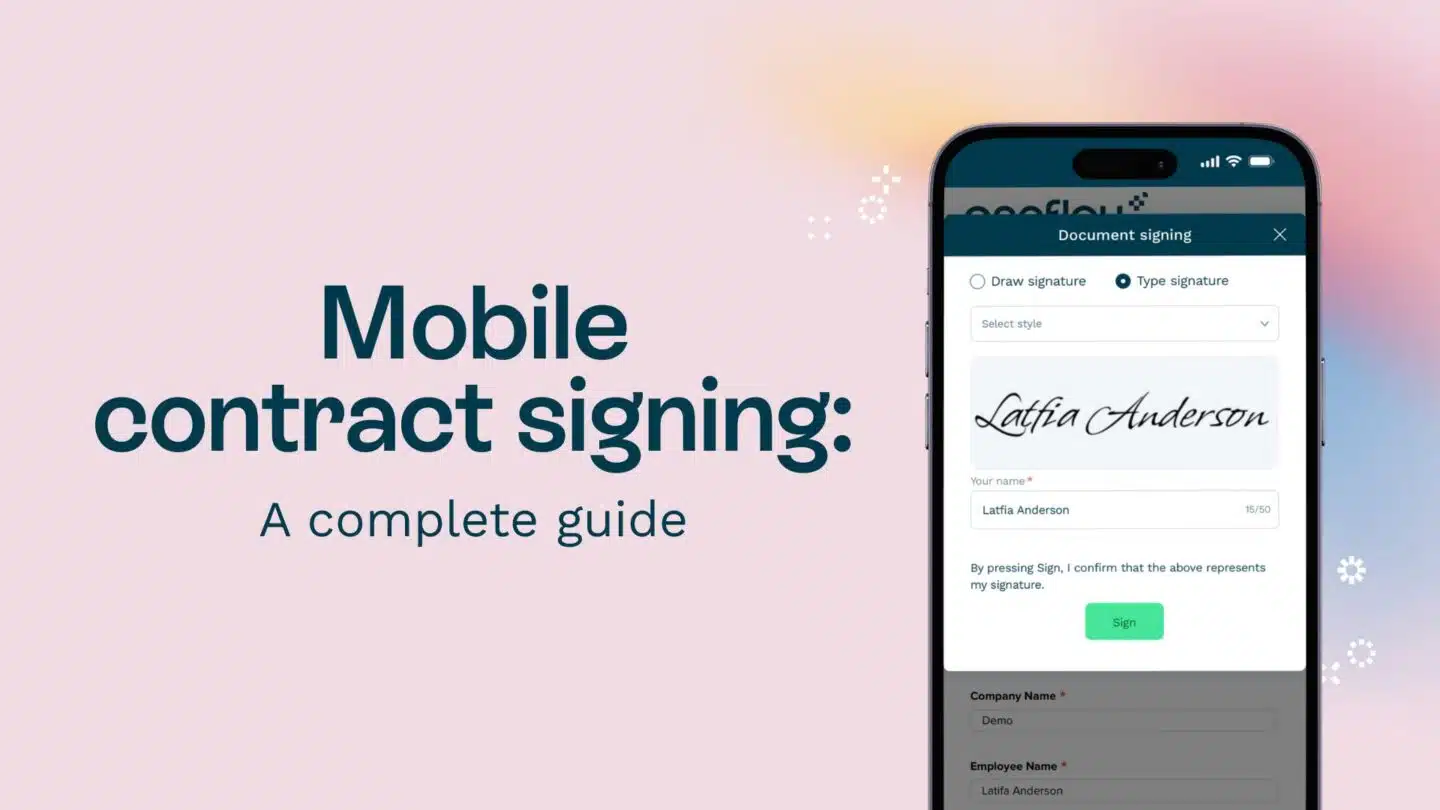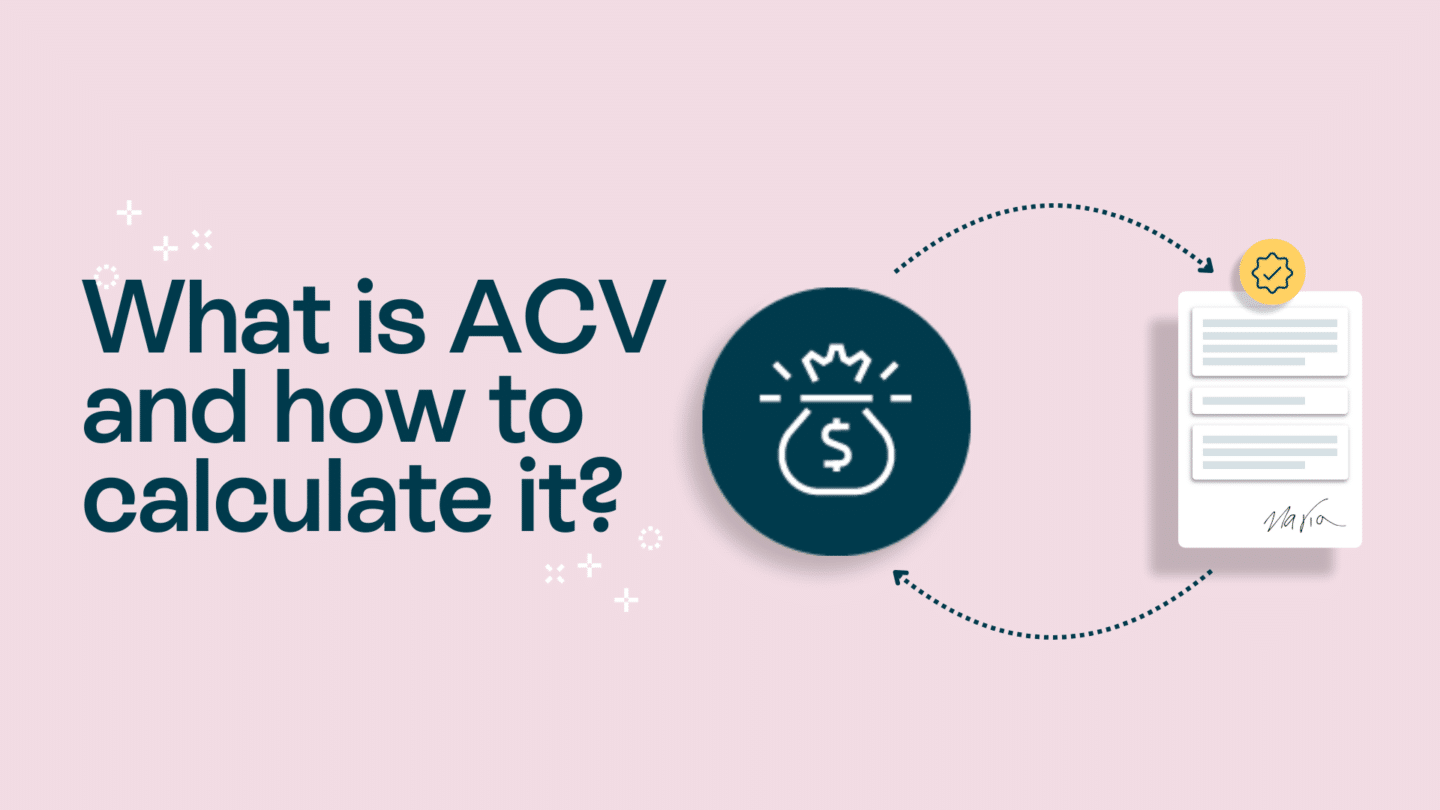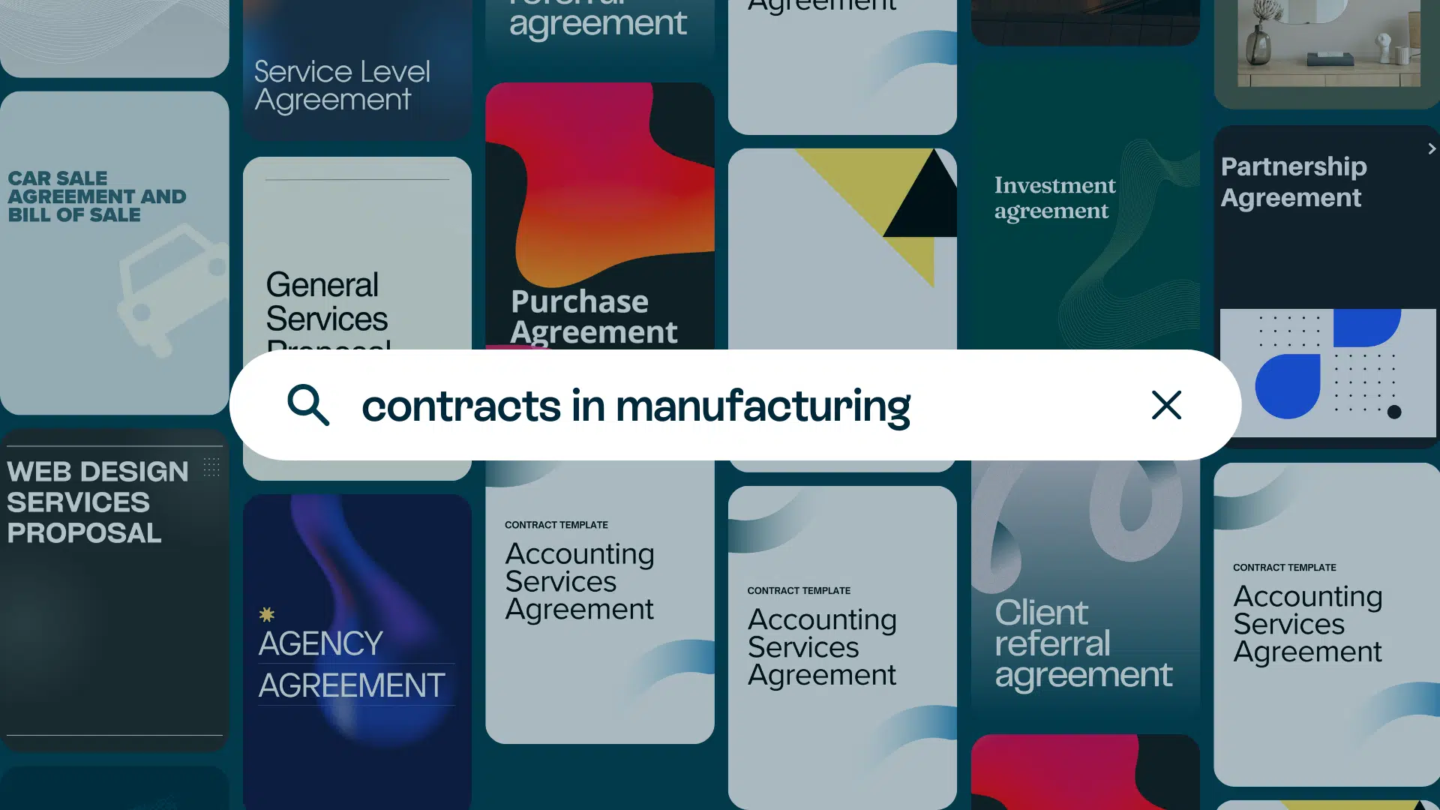Welcome to the future of customer onboarding! In this guide, we’ll explore everything you need to know about customer onboarding in 2024. From understanding the basics to implementing best practices, this guide has got you covered. So, let’s get started!
Understanding customer onboarding
Before we dive into the details, let’s first understand what customer onboarding is and why it’s important.
Customer onboarding is a critical process that involves introducing new customers to your product or service. It’s the first interaction that your customers have with your brand and can set the tone for their entire experience with your company. A well-executed onboarding process can help your customers understand the value of your product or service and make them more likely to stick around for the long haul.
Read also: “If it’s not in Salesforce, it doesn’t exist” – Oneflow for Salesforce update

What is customer onboarding?
Simply put, customer onboarding is the process of introducing new customers to your product or service. It involves a series of steps that help customers understand how to use your product or service and how it can benefit them. The onboarding process typically starts with a welcome email or message and can continue for several weeks or even months, depending on the complexity of the product or service.
During the onboarding process, you’ll want to provide your customers with all the information they need to get started. This might include tutorials, videos, and other resources that help them understand how to use your product or service. You’ll also want to be available to answer any questions they have and provide support whenever they need it.
Why is customer onboarding important?
A solid onboarding process can increase retention rates, reduce churn, and ultimately lead to customer success. When customers feel supported and understand the value of your product or service, they’re more likely to stick around and become loyal customers. On the other hand, if the onboarding process is confusing or overwhelming, customers may become frustrated and abandon your product or service.
Customer onboarding is also an opportunity to gather feedback from your customers. By asking for feedback and listening to their concerns, you can make improvements to your product or service and ensure that your customers are happy and satisfied.
In conclusion, customer onboarding is a crucial process that can make or break your relationship with your customers. By providing a smooth and effective onboarding experience, you can set your customers up for success and build long-term relationships with them.
Read also: UX: What is it, and how can you it help reduce churn during a recession?

The customer onboarding process
Now that we know why customer onboarding is important, let’s take a closer look at the process.
Customer onboarding is the process of welcoming new customers and helping them get familiar with your product or service. It’s a critical step in building a strong relationship with your customers and ensuring their success.
Step 1: Pre-onboarding preparation
Before the actual onboarding begins, it’s essential to have a plan in place. This includes identifying potential challenges and roadblocks, defining clear goals for your onboarding process, and establishing a team to support the onboarding process.
One way to identify potential challenges is to put yourself in the shoes of your customers. What questions or concerns might they have? What obstacles might they face? By anticipating these issues, you can proactively address them and make the onboarding process smoother for your customers.
Defining clear goals for your onboarding process is also essential. What do you want your customers to achieve during the onboarding process? What metrics will you use to measure success?
Finally, establishing a team to support the onboarding process is crucial. This team should include representatives from customer service, product development, and sales, among others.
Step 2: Welcome and introduction
The first step in the onboarding process is to welcome new customers and introduce them to your product or service. This can be done through a personalised welcome message or a demo of your product.
It’s crucial to create a warm and friendly environment to make your customers feel valued and welcomed. One way to do this is to assign a dedicated onboarding specialist to each customer. This specialist can serve as the customer’s main point of contact and provide personalised support throughout the onboarding process.
Another way to create a welcoming environment is to provide customers with a welcome kit. This kit can include a personalised letter, a company t-shirt, and other branded items.
Customer onboarding Step 3: Product or service training
Next, it’s time to get your customers up to speed with your product or service. This can be done through tutorials, training sessions, or interactive tools.
It’s important to keep the training process concise, engaging, and relevant to your customers’ needs. Remember, each customer is unique, and their needs may differ.
One way to ensure that the training is relevant is to use customer data to personalise the training experience. For example, if a customer has a specific use case for your product, you can tailor the training to address that use case.
Step 4: Ongoing support and communication
Customer onboarding is a continuous process, and it’s important to provide ongoing support and communication throughout the customer’s journey.
This can be done through email, phone calls, chatbots, or any other medium that works for your customers. It’s crucial to keep communication lines open and address any concerns or issues that arise.
One way to provide ongoing support is to create a knowledge base or help center. This resource can include articles, videos, and other content that helps customers troubleshoot issues on their own.
Step 5: Measuring success and gathering feedback
Finally, it’s essential to measure the success of your onboarding process and gather feedback from your customers.
By analysing customer feedback and engagement rates, you can identify areas for improvement and adjust your onboarding process accordingly.
One way to gather feedback is to send a survey to customers after the onboarding process is complete. This survey can ask about the customer’s experience, their satisfaction level, and any areas for improvement.
Another way to measure success is to track customer engagement rates. For example, you can track how often customers use your product or service after the onboarding process is complete.
Read also: Lead nurturing for SaaS: 5 tactics to close more deals

Best practices for customer onboarding
So, now that we have a better understanding of the onboarding process let’s look at some best practices you can implement in your onboarding process.
Personalise the onboarding experience
Customers want to feel valued and like they’re not just another number. Personalising the onboarding experience can help achieve this. Address your customers by their name, tailor your messaging and use personalised content to engage them.
Set clear expectations
Setting clear expectations will help your customers understand what they can expect from your product or service. Be transparent about what you can and cannot do, your support hours, and how long it usually takes to address any issues.
Provide easy access to resources
Your customers need access to resources to help them get the most out of your product or service. Provide easy access to guides, tutorials, and FAQs to help them resolve any issues or questions that may arise.
Offer multiple channels of support
Customers like options. Providing multiple channels of support – email, chat, phone calls – will ensure each customer can choose a preferred method of communication. This will make it easier for your customers to reach out with any concerns or issues.
Continuously improve the onboarding process
Your onboarding process should be a continuous effort. Collect feedback from your customers, analyse engagement rates, and adjust your process accordingly. Continuously improving will ensure your customers receive the best experience possible.
The key takeaways
Customer onboarding is the first step in creating long-term relationships with your customers. It’s not just a one-time process, but a continuous effort to provide the best possible experience for your customers. By implementing the best practices outlined above, you’ll be well on your way to creating a successful onboarding process in 2024.







